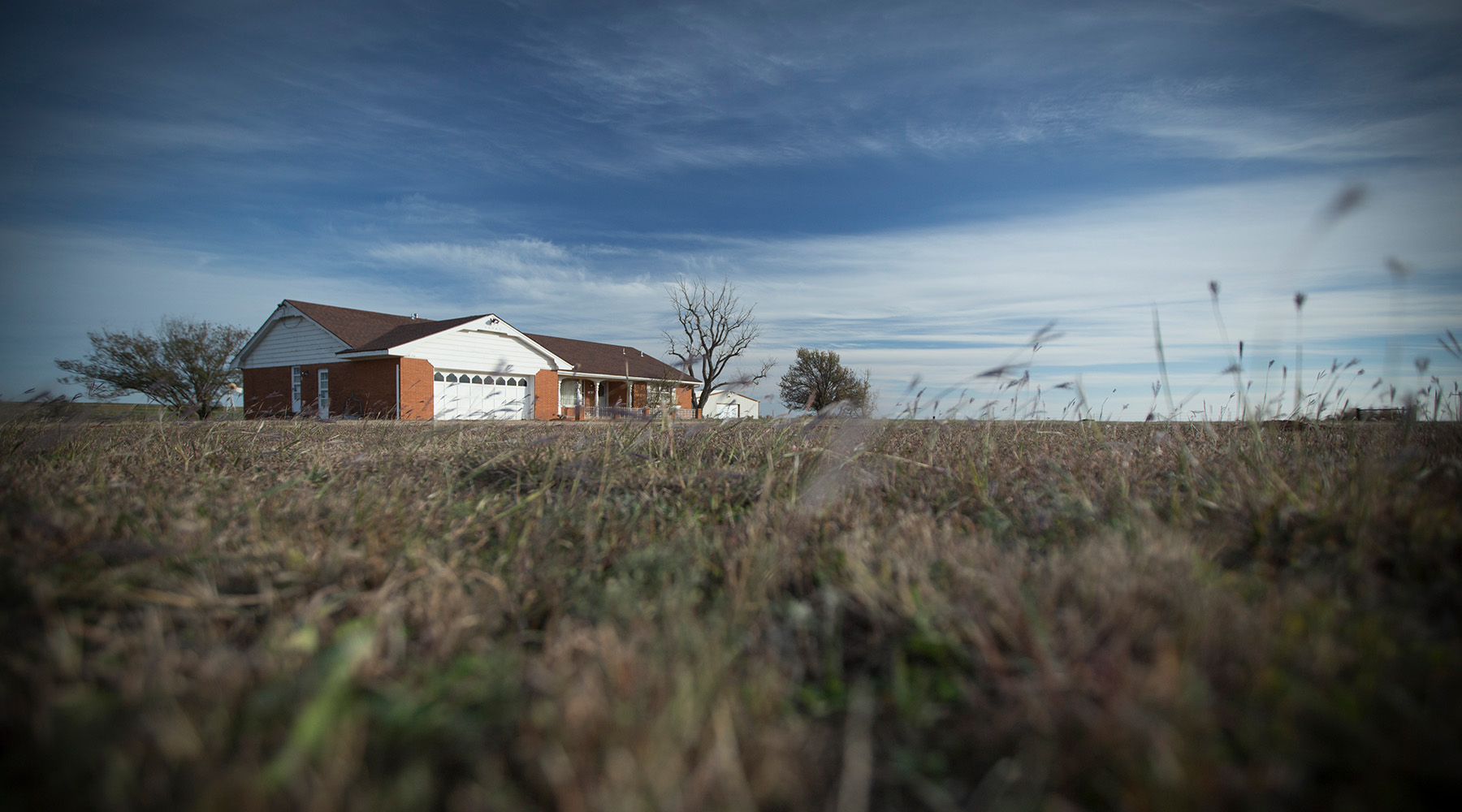Wilma McElmurry quietly saved millions–and then left it all to charity
Things don’t change much in Custer County. To passersby, Clinton, Okla., is little more than an Interstate 40 pit stop with an affinity for Red Tornado football and the fall harvest. But there is more to this town of 9,000 than pigskin and wheat.
It’s a hard-working community that thrives on the values of generations past: Respect your elders, lend a hand to those in need and appreciate the value of a dollar.
For lifelong county resident Wilma McElmurry, those values forged a way of life. They also laid the foundation for a generous and unexpected gift that would touch OMRF and medical research in Oklahoma for generations to come.
Born in 1915 on her family’s farm in nearby Custer City, McElmurry was raised to embody the civic selflessness that permeates western Oklahoma.
An only child, McElmurry graduated from Independence High School in 1933 on the heels of the Great Depression. After earning a degree from Southwestern Oklahoma State University in Weatherford in 1940, she spent 33 years as a schoolteacher, first in Arapaho, then in Clinton. While at Arapaho, she married fellow teacher Bonnie McElmurry.
Ask anyone who knew Wilma McElmurry to describe her, and you’ll inevitably hear words like frugal and thrifty.
McElmurry’s wardrobe was disproportionately comprised of free shirts and hats she collected from local promotions. She even wore a watch that cost her $1. And if something couldn’t be acquired for free, she shopped almost exclusively at Goodwill, dollar stores and garage sales, never splurging on herself.
“She was kind of a legend that way,” says C.B. Graft, her lifelong friend and family lawyer of 36 years.
Although she drove a battle-tested car and lived in a small, nondescript home, McElmurry had actually done quite well for herself financially, thanks to an inheritance in the 1980s, as well as oil and natural gas holdings. Still, Graft says, she carefully guarded her money, which she kept in accounts at more than a dozen different banks spread throughout western Oklahoma.
According to Graft, his client listened to advice from close friends, but she always made her own decisions. “She was the type of person who was fiercely independent,” he says.
Following Bonnie’s death in 1996, McElmurry made her first donation to OMRF in his name, and she continued to give annually until she died nine years later. Upon her passing, she donated her entire estate to the causes she held closest to her heart: medical research and education. But the size of her donation shocked even those who knew her well.
McElmurry had set up a $5 million charitable trust for three nonprofit beneficiaries: Clinton Public Schools, Southwestern Oklahoma State University and OMRF.
McElmurry had lost her father to cancer, and her mother died of a heart attack. So she earmarked half of the trust’s payments to fund research on cancer and heart disease at OMRF. As a result, her trust provides at least $60,000 each year to study the diseases that claimed the lives of her parents.
At OMRF, scientists study the genesis of cancer and heart disease and work toward developing more accurate diagnostics, treatments and possible cures for the diseases. McElmurry’s gift even helped fund a clinical trial for a compound discovered at OMRF that has shown promise for treating a lethal form of brain cancer called glioblastoma.
Estate gifts provide approximately $2 million each year to fund research at OMRF, says Ginny Bass Carl, OMRF senior director of development. “We average about a dozen key estate gifts each year. Not all are the size of Wilma McElmurry’s, but each is important and gives OMRF the flexibility to fund key research areas.”
For McElmurry, giving to medical research ensured she would positively impact the health of future generations. And that had no price tag. “She felt like OMRF was a charitable organization that would do the most with her funds,” Graft says.



